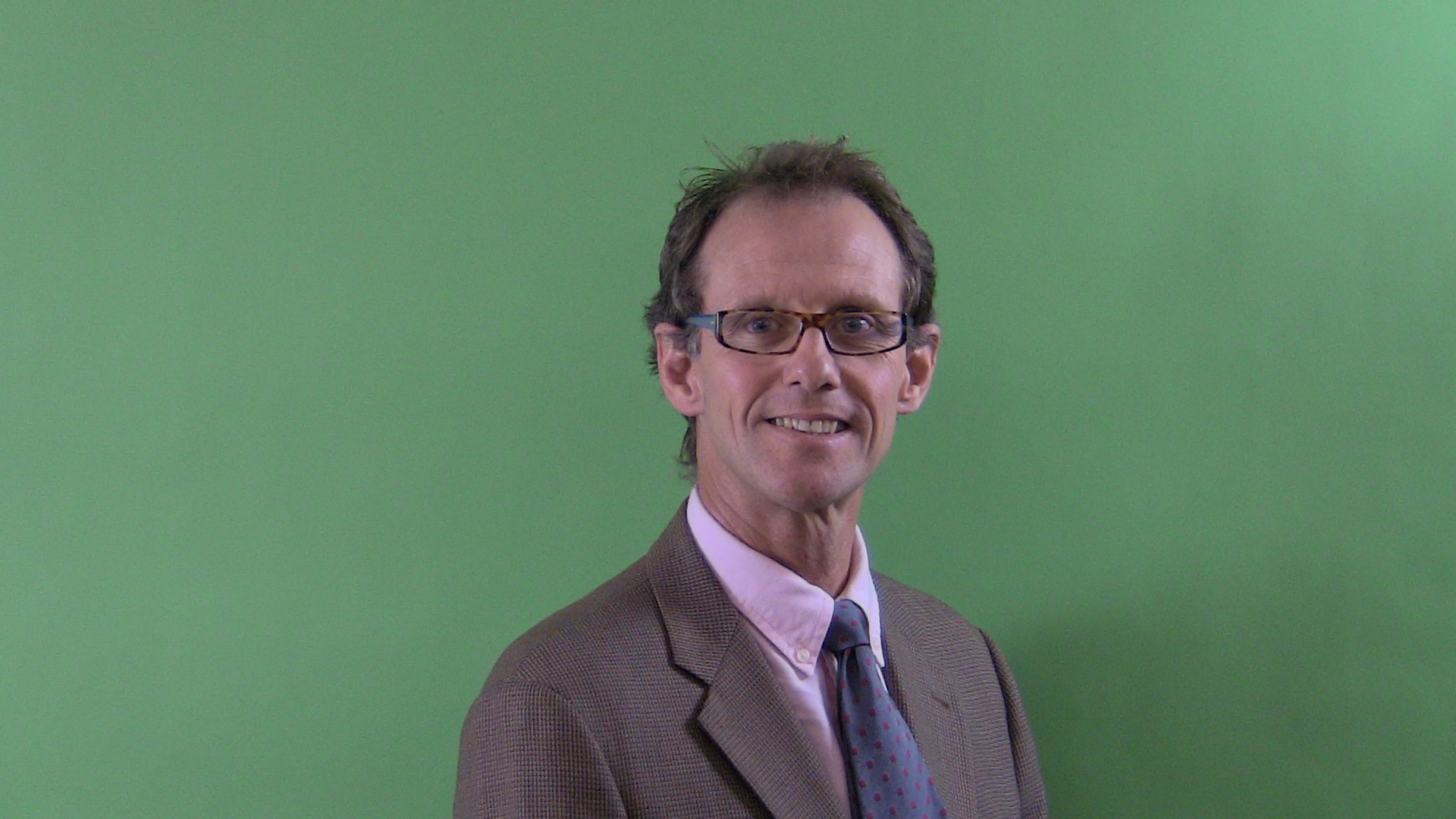
Expert Alert World Habitat Day: Sustainable Population Australia
Sustainable Population Australia
Media Release: 03 October 2025
World Habitat Day is marked on the first Monday of October each year and is recognized by the United Nations. On 6 October 2025, the Global Observance of World Habitat Day will be “urban crisis response”.
World Habitat Day | Urban October
Sustainable Population Australia (SPA) argues that population growth is a fundamental driver of the symptoms of the multiple crises impacting urban areas, such as conflict, inequality, food and water insecurity.
SPA experts are available for further comment
Peter Strachan - SPA National President
Contact: 0412 400 952 (from 06:30am AWST); [email protected]
Quotes attributable to Mr Strachan:
“Many of the epicentres of conflict across the world are in regions that have experienced rapid population growth.”
“The population in Lagos, Nigeria, has more than doubled from seven million in the year 2000 to 16 million in 2025. Syria’s capital Damascus, was one million at the turn of the millennium, now it is over 7 million. Dhaka, capital of Bangladesh, has grown from 10 million to an eye watering 22 million.”
“These rapidly growing cities share the following: collapsing infrastructure, chronic food and water shortages, deepening inequality, hunger and eventually, violence and conflict.”
“Every rapidly growing metropolis is another victim of endless growth on a finite planet. Our refusal to acknowledge limits to growth has consequences, including the fact that many of our world’s cities are descending into dystopias.”
“While the United Nations aims to build ‘resilient cities’ on this day of observance, population growth undermines good intentions. This is because cities are being built in order to catch up with population growth, not to cater to quality of life or quality of the natural world.”
“Australian cities are not spared from population growth. Melbourne is projected to reach nine million by 2050. The Perth metropolitan area stretches 150 km north to south. Still, the federal and state governments pursue population growth regardless of the many negative consequences.”
“The consequences include housing stress, congestion, buckling infrastructure and water insecurity as almost all of Australia’s capital cities are increasingly reliant on energy intensive desalination plants.”
“The price of growth includes a heavy toll on the natural environment. The State of The Environment Report 2021 correlates population growth in Australia’s urban areas with pollution, reduced green space, land clearing and the extinction of non-human species. Social ramifications include reduced access to local services and jobs, higher transport and energy costs, loss of agricultural land and – paradoxically – social isolation.”
“It is clear that we need to relieve our bulging cities by scaling down our numbers. Globally, this can be achieved through access to family planning and reproductive health care. In Australia, this can be achieved through lowering our net overseas migration (NOM) to no more than 70,000 per year.”
About us:
SPA is an independent not-for-profit organisation seeking to protect the environment and our quality of life by ending population growth in Australia and globally, while rejecting racism and involuntary population control. SPA is an environmental advocacy organisation, not a political party.
